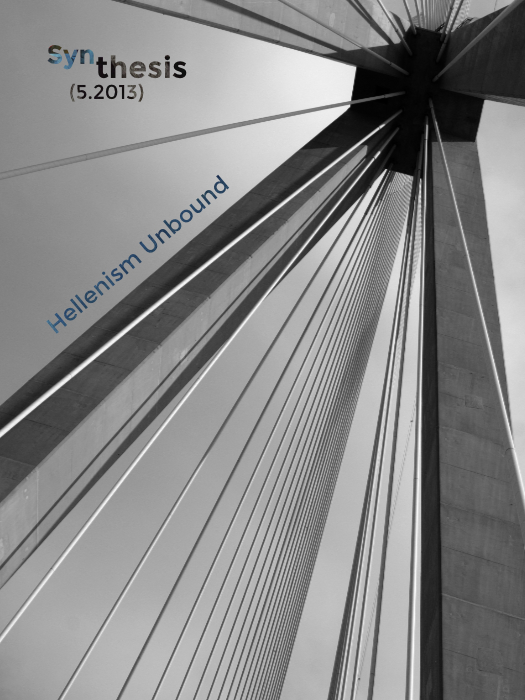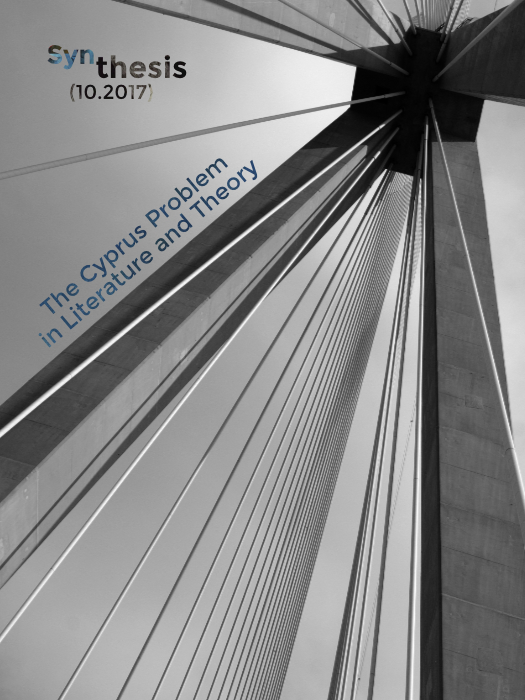Exploding Magazines: Byron’s The Siege of Corinth, Francesco Morosini and the Destruction of the Parthenon

Abstract
My paper argues that The Siege of Corinth, one of his Turkish Tales that includes a conflict between Venetians and Turks, a siege, and an explosion, contains within it Byron‟s reflections on these issues The Siege of Corinth, in short, has more layers than have previously been explored.
Article Details
- Section
- Articles

This work is licensed under a Creative Commons Attribution 4.0 International License.
The copyright for articles in this journal is retained by the author(s), with first publication rights granted to the journal. By virtue of their appearance in this open access journal, articles are free to use with proper attribution. Synthesis retains the worldwide right to reproduce, display, distribute, and use published articles in all formats and media, either separately or as part of collective works for the full term of copyright. This includes but is not limited to the right to publish articles in an issue of the Journal, copy and distribute individual reprints of the articles, authorize reproduction of articles in their entirety, and authorize reproduction and distribution of articles or abstracts thereof by means of computerized retrieval systems.




